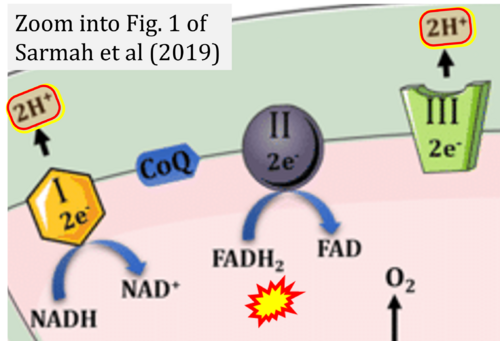Sarmah 2019 Transl Stroke Res
| Sarmah D, Kaur H, Saraf J, Vats K, Pravalika K, Wanve M, Kalia K, Borah A, Kumar A, Wang X, Yavagal DR, Dave KR, Bhattacharya P (2019) Mitochondrial dysfunction in stroke: implications of stem cell therapy. Transl Stroke Res. https://doi.org/10.1007/s12975-018-0642-y |
Sarmah D, Kaur H, Saraf J, Vats K, Pravalika K, Wanve M, Kalia K, Borah A, Kumar A, Wang X, Yavagal DR, Dave KR, Bhattacharya P (2019) Transl Stroke Res
Abstract: Stroke is a debilitating condition which is also the second leading cause of death and disability worldwide. Despite the benefits and promises shown by numerous neuroprotective agents in animal stroke models, their clinical translation has not been a complete success. Hence, search for treatment options have directed researchers towards utilising stem cells. Mitochondria has a major involvement in the pathophysiology of stroke and a number of other conditions. Stem cells have shown the ability to transfer mitochondria to the damaged cells and to help revive cell energetics in the recipient cell. The present review discusses how stem cells could be employed to protect neurons and mitochondria in stroke and also the various mechanisms involved in neuroprotection.
Correction: FADH2 and Complex II
- FADH2 is shown as the substrate feeding electrons into Complex II (CII). This is wrong and requires correction - for details see Gnaiger (2024).
- Gnaiger E (2024) Complex II ambiguities ― FADH2 in the electron transfer system. J Biol Chem 300:105470. https://doi.org/10.1016/j.jbc.2023.105470 - »Bioblast link«
Labels:
Pathway: F


